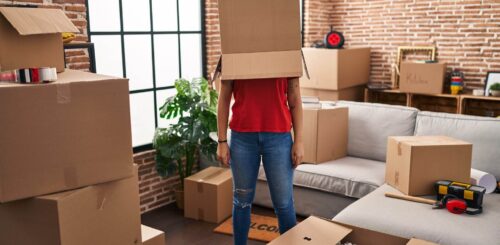From the day you arrive at your home with your newborn in arms, to the day it becomes an active and curious toddler, you need to make sure the surroundings are safe enough for a child to navigate through. That’s why finding out how to baby-proof house should be on top of your list of crucial things to do when you’re expanding your family.
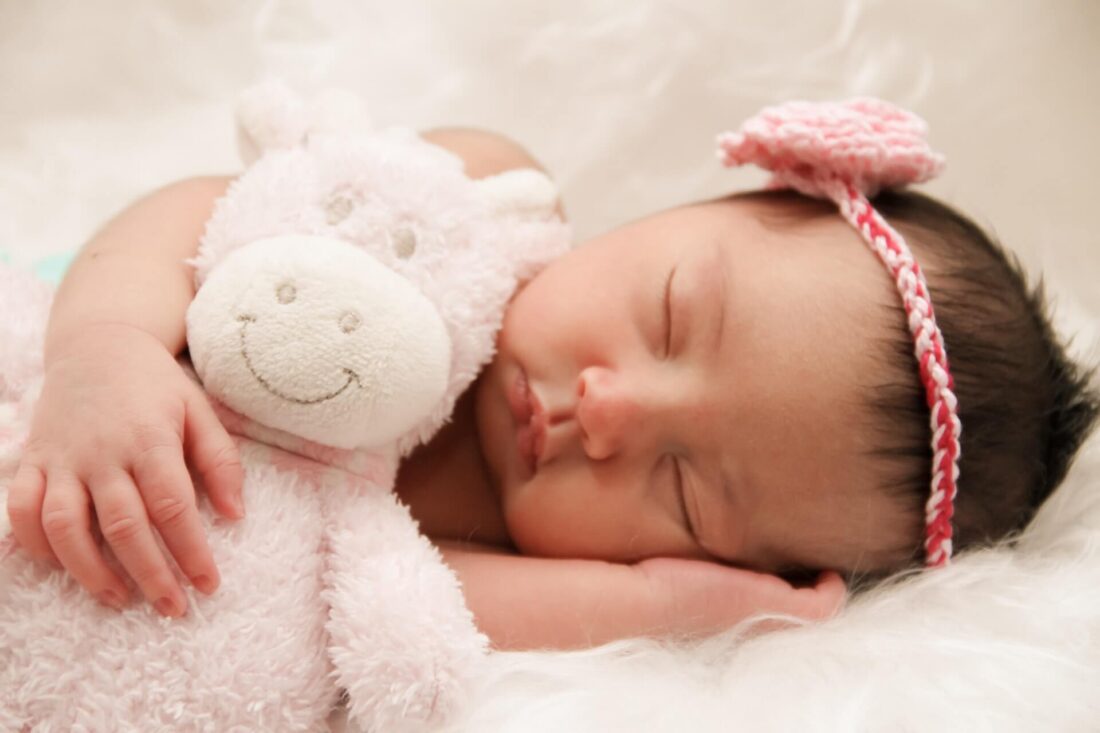

It may seem like it was yesterday when you were planning on having kids and dreaming about decorating a nursery in some lovely and fun colors. But, besides picking up a rug and curtains and taking them off your new apartment shopping list, you should make a list of all the adjustments that require to be done in your home to prevent accidents. Although some of the tips may seem like too much, they are necessary for kid-proofing your residence and overall the best choice for the whole family. After all, injuries are one of the leading causes for hospitalization of children under five, and as many as 90% of unintentional injuries can be prevented by making everything in your residence secured.
How to Baby Proof House and Make Everything Safe for Your Little One
The journey to parenthood may have started with you moving for love, and you were thinking about how the next time you’ll probably be moving with kids. Now the addition to your family is well on its way, and you want to keep it secured from all the dangers of the world. It’s way too easy for babies to get into trouble, and it’s only a matter of seconds, they are that fast and overly curious. So, how do you childproof your home?
You can take certain steps, even before the first day you lay your little one in the crib, and some of these steps take time. Maybe you’ve decided that moving to a small town will benefit your growing family. If you are moving into a new place, these should be among your first apartment essentials. So, when to baby-proof? Pregnancy is probably the best starting point for early preparations in baby-proofing your home. Let’s start by making a “How do I baby-proof my house” checklist of the precautions measures to take before the newest member of the family arrives.
- Checking your smoke and carbon monoxide detectors, or installing them if you don’t have them, should be one of the top priorities.
- Work on the necessary repairs throughout your residence, and fix or replace things like broken windows or the leaking water heater. Also, get rid of all unwanted appliances. The fewer cords you have hanging around your home, the better for a curious future toddler.
- Houses built before 1978 could have lead paint on windowsills, door frames, and similar places. If that’s the case, don’t perform the renovations by yourself – hire a lead-safety contractor.
- You should inspect your furniture pieces and see which of them can be mounted to a wall, to avoid tipping.
- While you could save some money on buying a secondhand crib, you should be wary and stay away from the drop side ones. Also, test it to see whether the little one can fit its head between slats (you can test this with a can of coke – if it goes through, it’s too wide)
- If you have moved recently with a cross country moving company, you should find a new doctor and a pediatrician for your infant.
- Find electrical outlet covers that are large enough, so a toddler can’t put them into their mouth.
- Think about buying and installing stair gates, so your child won’t be able to roam near the stairs and fall. The same goes for the fireplace – if you have one, install a fireplace gate, to keep them away from the fire.
- Any dangling cords around your home should be perceived as a threat to an infant, so secure them high out of their reach.
- You should probably pack your live plants and give them away, as some of them may be poisonous.
- Place a fence around your pool if you have one.
- One of the smartest tips is to get on all fours and view your surroundings from a child’s perspective. That way, you may notice some more obvious hazards that couldn’t be seen when viewing from above.
After making sure these initial steps have been covered, head on to the next phase, however overwhelming it may all seem.
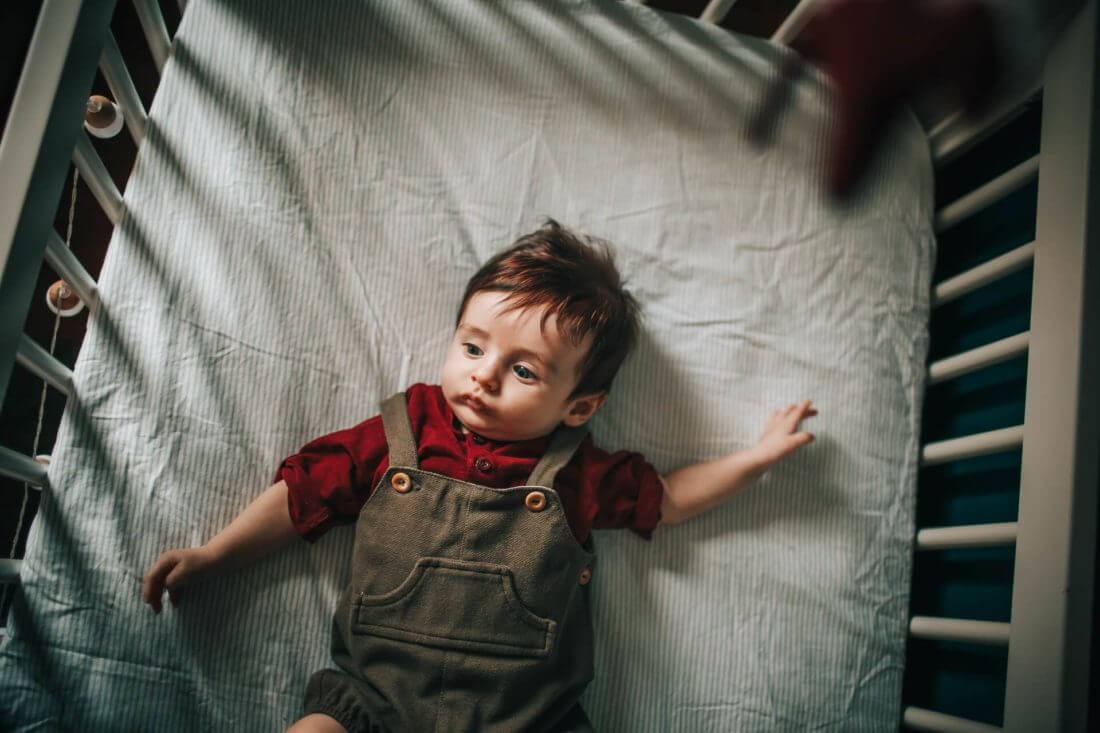

Proofing Every Room in Your Home for Safety
If you’re wondering how much does it cost to baby-proof a house, know that you can save up if you shop smart and compare various products that you may need. There’s a wide variety of different products available to help you secure the surroundings for your little one and many creative storage ideas to put away anything that could become a hazard.
What you should do is approach the plan sensibly, as you may not require every single of those products. And keep in mind that the most important thing parents can do is be vigilant and never let the little one out of their sight. But, avoiding emergencies can be done by redesigning the home interior for your child’s safety, and it’s easier to do one room at a time. If you have relocated using cross country moving services, and you’re entering a new home, designing everything to fit the needs of an infant should be a piece of cake.
Where Should My Little One Sleep?
The baby’s sleeping arrangements should be tackled first, and the settings you make here should be kept throughout the infant’s first year. The American Academy of Pediatrics recommends a separate sleeping place, where the infant will sleep alone on their back in a bare crib. Avoiding sleeping together with them is the best thing to do because of the possibility of suffocations. Sudden infant death syndrome is the leading cause of death for babies between 1 month and one year old. So, if your residence is small, any small apartment ideas you’ve had for decorating should be adjusted for the newly born.
Babyproofing the Nursery Room
To follow up on some important baby-proofing essentials that can help you, you should keep the crib away from the windows, blinds, and cords of any kind, as well as other pieces of furniture. Everything you think should be removed from here can be stored away in a rented unit when you pay for storage services. This is a good solution for storing away Christmas ornaments and any other item that should be kept out of the child’s reach.
The wall above the sleeping spot should be bare, with no decorations, and the same goes for the infant’s crib. It should have a fitted sheet, with no blankets or toys, and in the wintertime, a good solution is to buy a sleeping sack to keep it warm. Remember to keep all the things you need close at hand when you’re changing the little one. Don’t leave them alone even for a second, so prepare the wipes, cream, and clean diapers before you put them on the changing table.
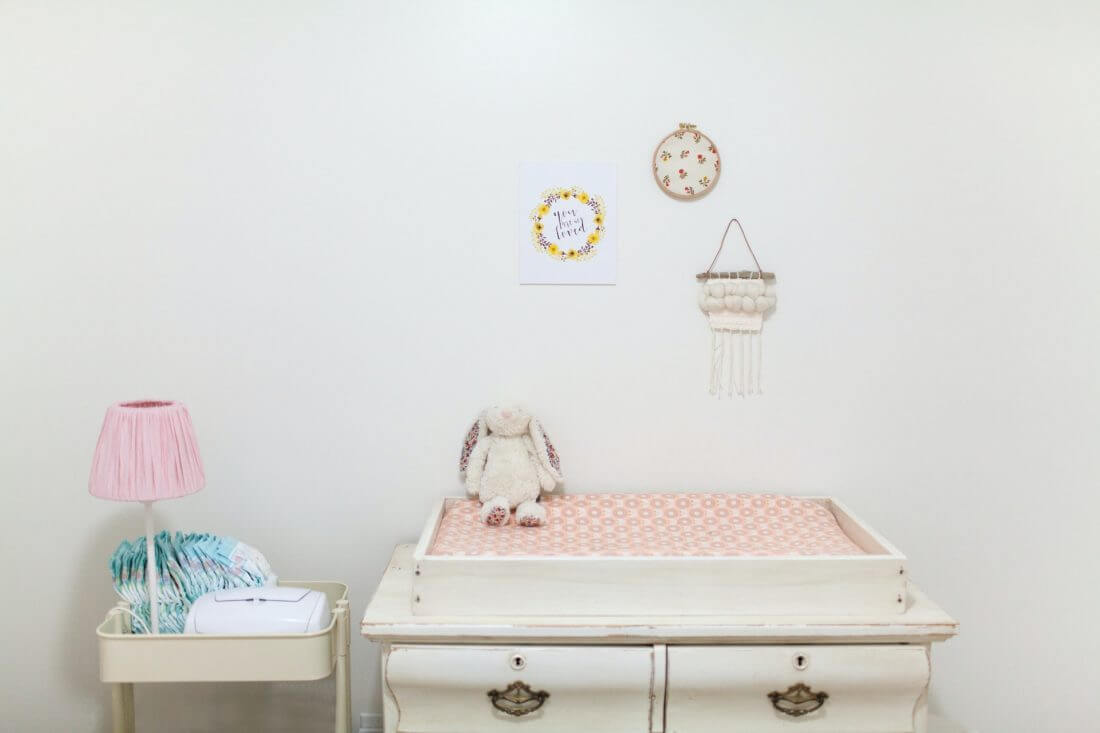

Secure Your Living Room
If you’ve just moved in recently, and you’ve used packing services, that means your stuff was carried by the long-distance movers. You should check if every piece is properly and firmly assembled. After you have moved efficiently, the biggest hazard in this place could be large pieces of furniture that could fall when the curious toddler starts exploring, so make sure that you have already attached and secured each piece to the wall. The same goes for the TV, and to avoid having dangerous sharp edges in this room, you can either get rid of the coffee table or buy the stick-on products that can cover them. You should also pack fragile items and store them away someplace where your little one can’t reach them.
What to Do With the Dangers in the Kitchen Area
Whether having an open concept kitchen or you have to keep your infant with you while you cook, many will start to panic when thinking about our curious toddler being around the cabinets and the stove. There are many dangers in the cooking area, but there are also many things you can do about making it safer. It’s not a bad idea to donate old appliances to create a little more space for your child to move around. And unplug and store away every other appliance you’re not using at the moment, so there won’t be any cords hanging around.
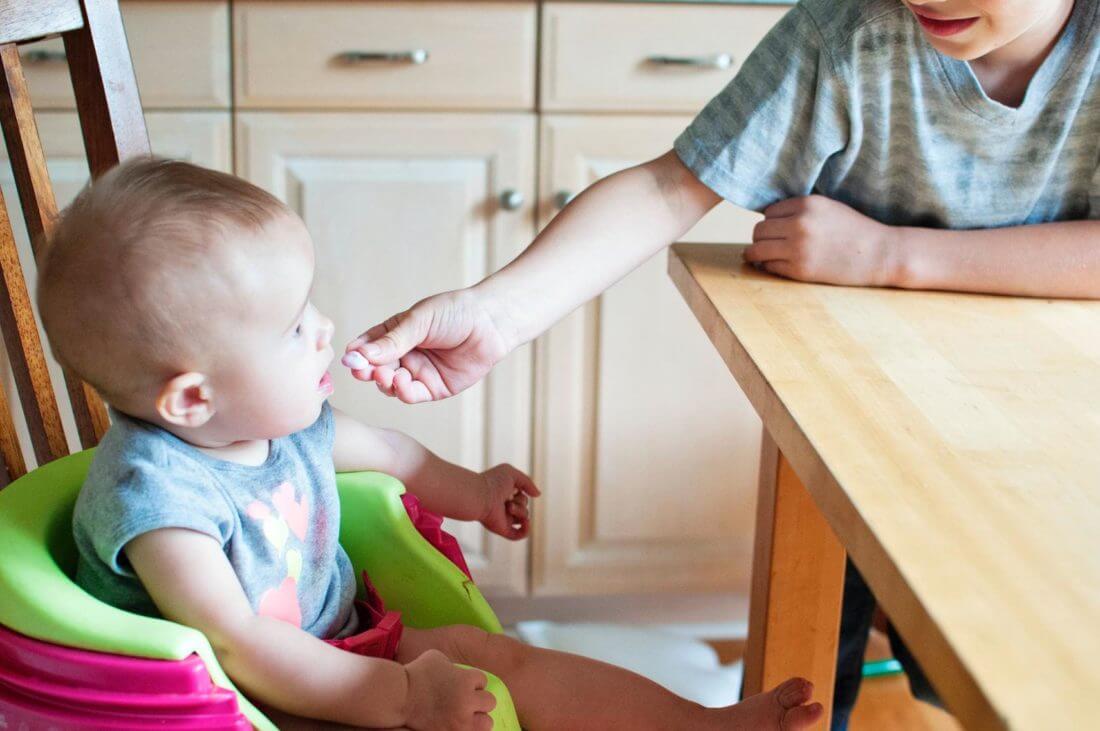

Some More Things to Do in the Kitchen
When it comes to using the stove, the best option is to use only the back burners and always turn away the handles, so little hands can’t reach them and get burned. If you want to invest some more, you can find several stove guard models. When it comes to glassware and other breakables in this area, it’s best to pack the dishes you don’t use frequently, and also pack the china and store it away. You won’t use it anyway until your little one grows up a bit. For the frequently used fragile items, put them in higher cabinets, out of reach. Many of us keep our cleaning supplies under the sink, and with a toddler curiously looking, touching, and exploring everything, this poses a hazard. This is where the cabinets and drawer latches and locks come in handy, and there are stick-on varieties of this product, or with a magnet. As for packing the liquids for cleaning, move them to another room that will be off-limits for the infant.
Lock the Bathroom, but Secure It Nevertheless
One of the most important steps in the guide on “how to baby proof your house” is to lock all the rooms that should be off-limits for kids, or at least cover the doorknobs with specialized products. The same goes for the bathroom, but you should still make sure that nothing poses a threat to your child while it bathes. Keep the water heater temperature below 120 degrees to avoid burns, even if you’re moving to a cold climate.
As for the toilet, children may see it as a pool for their toys, so purchase a lid lock just to be sure they don’t play with it. If there’s any medicine you keep in the bathroom, put it away in high cabinets, but the best solution is to lock them. Pack the liquids and store them somewhere out of reach. But, the most important tip is not to leave the child alone in the water, not even for a second. For more ideas on child-proofing around your home, see the following video.
Create a Safe Corner in Your Home
If you’re thinking about how long do you need to baby-proof for, know that there isn’t a designated time limit. Buying a bigger home with a yard, because your family is expanding may be one of the reasons to move and to hire a long-distance moving company. If you have spare rooms, you should think about creating a haven for your little one to play in and move freely, without the fear it could get into an accident. This area should be perfectly protected and adjusted for your kid to explore, play and learn. Do a home inventory check, and find a thin mattress to place on the floor, along with all the child’s favorite books and toys, so it can reach them on its own. Parents can get to their infant’s level to play and spend time together, and that’s a perfect idea for a playroom. You can see some ideas in the following video.
Don’t Skip Securing the Car
Thinking about car seat safety is something that should be basic when it comes to infant-proofing your vehicle. A seat for the little one should be installed on the back seat, possibly in the middle. If you don’t know whether it’s installed correctly, get it inspected for free by a local certified child passenger safety technician. Keep the car clean, and regularly remove any small objects that could potentially be a choking hazard. If you’ve moved recently and used auto transport services, your car is probably already cleaned of all your possessions. If you’re worried about the strong sun in the area you live in, buy stick-on shades for your back windows, to block the sunshine.





